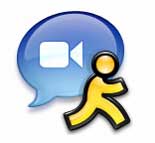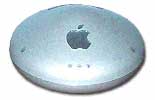
What exactly is a \’WarDriver\’? WarDriver: One who locates and logs
wireless access points while in motion ;[benign]. WarDriving was
invented by Peter Shipley and now commonly practiced by hobbyists,
hackers and security analysts worldwide. More information about this
trend can be found at wardriving.com. Even if you are not into this
sport, the following (innocent) software may be of use to obtain
information about your wireless network. In a next message I\’ll discuss
a few less innocent software tools. Probably the most popular network
scanner for Mac OSX is MacStumbler. It detects nearby wireless networks,
tells you the channels they use, whether they use WEP
(encryption), give their signal (and noise) strength, the name of the
network and if you click on the Details button it gives you
(among other things) the MAC-address. A similar tool is iStumbler. It
gives roughly the same information : SSID (name). MAC-address,
signal/noise, channel and whether it is encrypted. More information is
available from the iStumbler manual. In addition it presents a
signal graph which is useful if you are trying to decide on which
signal you will let your Airport-basestation broadcast. Using
iStumbler i discovered that there was a recurrent noise at
channel 5 every couple of minutes (don\’t ask what it was) but that on
channel 1 the signal was not interrupted.
Both
MacStumbler and iStumbler are active scanners
meaning that they send out probe request to nearby access points. As a
result they are not able to detect closed networks. To detect
them you need far more intrusive passive scanning software, but
that is for next time.
 Not
Not